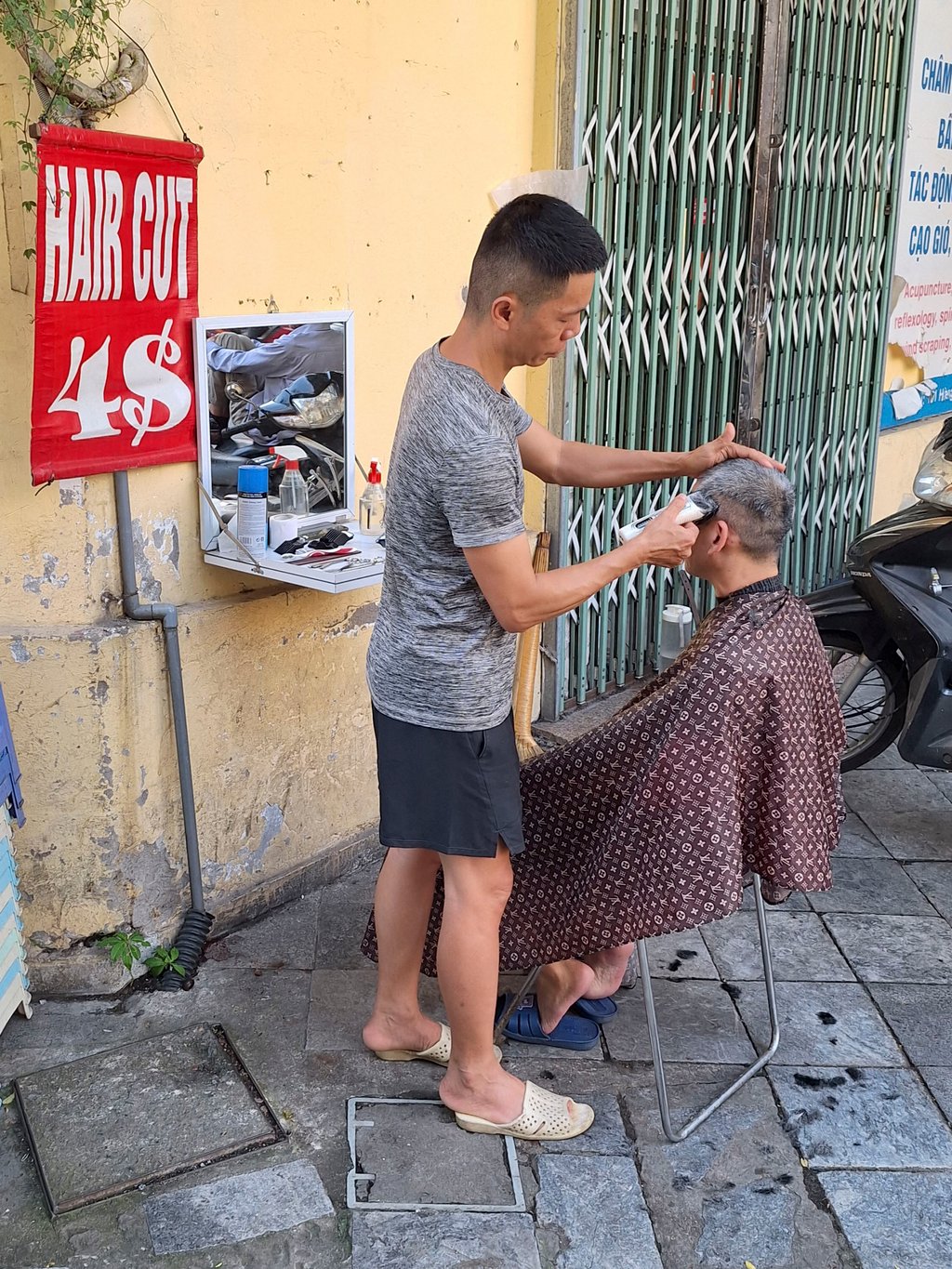What to do in Hanoi, Vietnam – from shopping and hotels to traditional restaurants, is this the perfect getaway from Hong Kong?
- Hanoi doesn’t really feel like a city but more a busy, extended village, where life takes place on the pavements and the best thing to do is soak up the vibe
- This year’s arrival of the Michelin Guide saw 48 eateries recognised, though long-established restaurants not on the list are still among the best experiences

Macau and Shenzhen may be closer to Hong Kong and more linguistically attuned, but for the perfect getaway, Hanoi – just a two-hour flight away – is both satisfyingly “foreign” and quintessentially Asian.
True, the Vietnamese capital has got skyscrapers and many of the other accoutrements of globalisation, but the high-rises are mainly confined to the fringes and international brands are conspicuous by their near absence.
Life is conducted on the pavements: women sell fresh fruit from bicycles parked on street corners; barbers nail mirrors to trees and cut customers’ hair on chairs set up next to them; restaurant workers hunker down on stools outside their premises to peel heaps of vegetables; and motorbike mechanics, sign writers and other artisans set out their stalls by the kerb, oblivious to their buzzing surrounds.
Hanoi doesn’t really feel like a city but more a busy, extended village filled with French colonial architecture and laid out like a child might throw about building blocks.

The day starts early, with Hoan Kiem (“returned sword”) lake – which is more or less in the centre of the city – as the focal point.